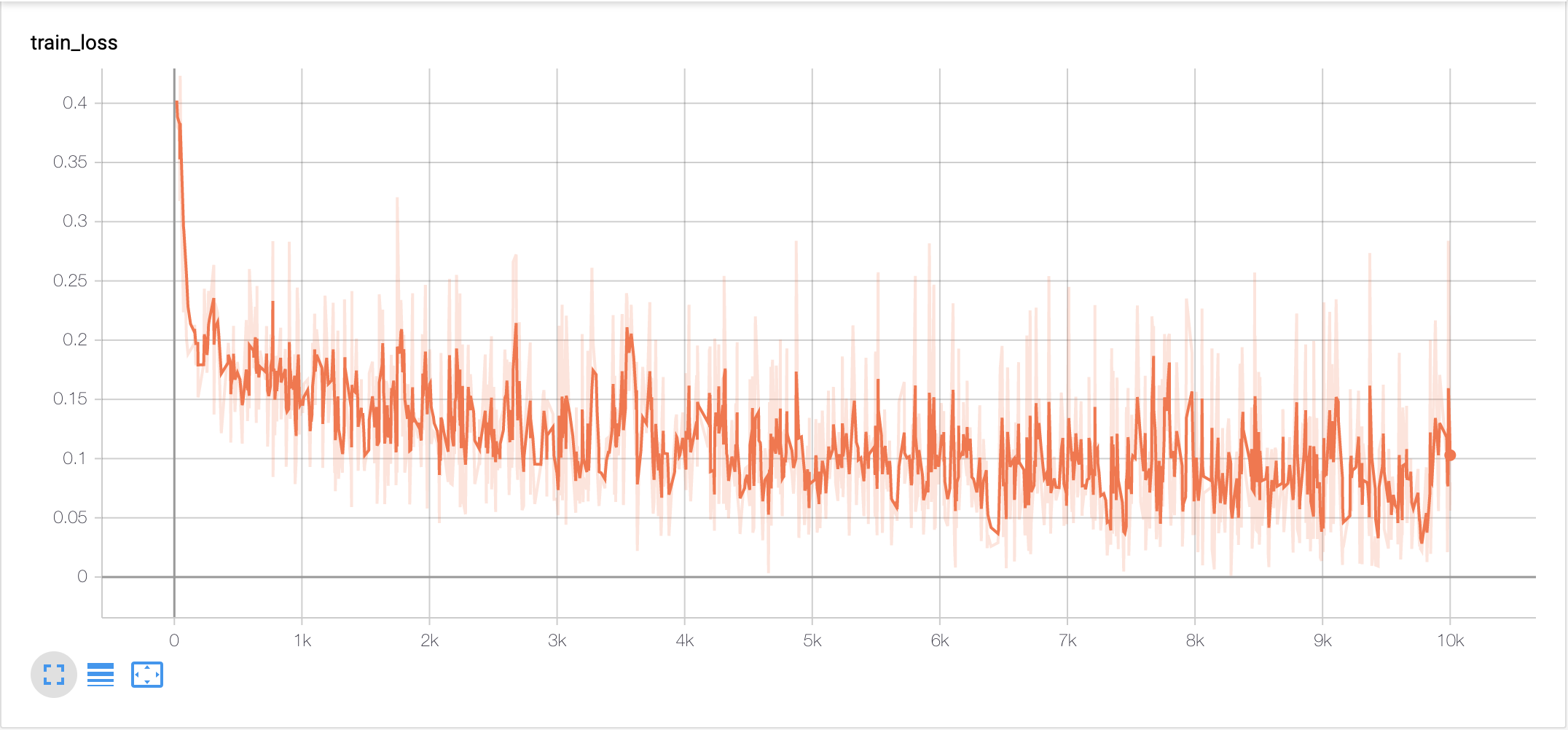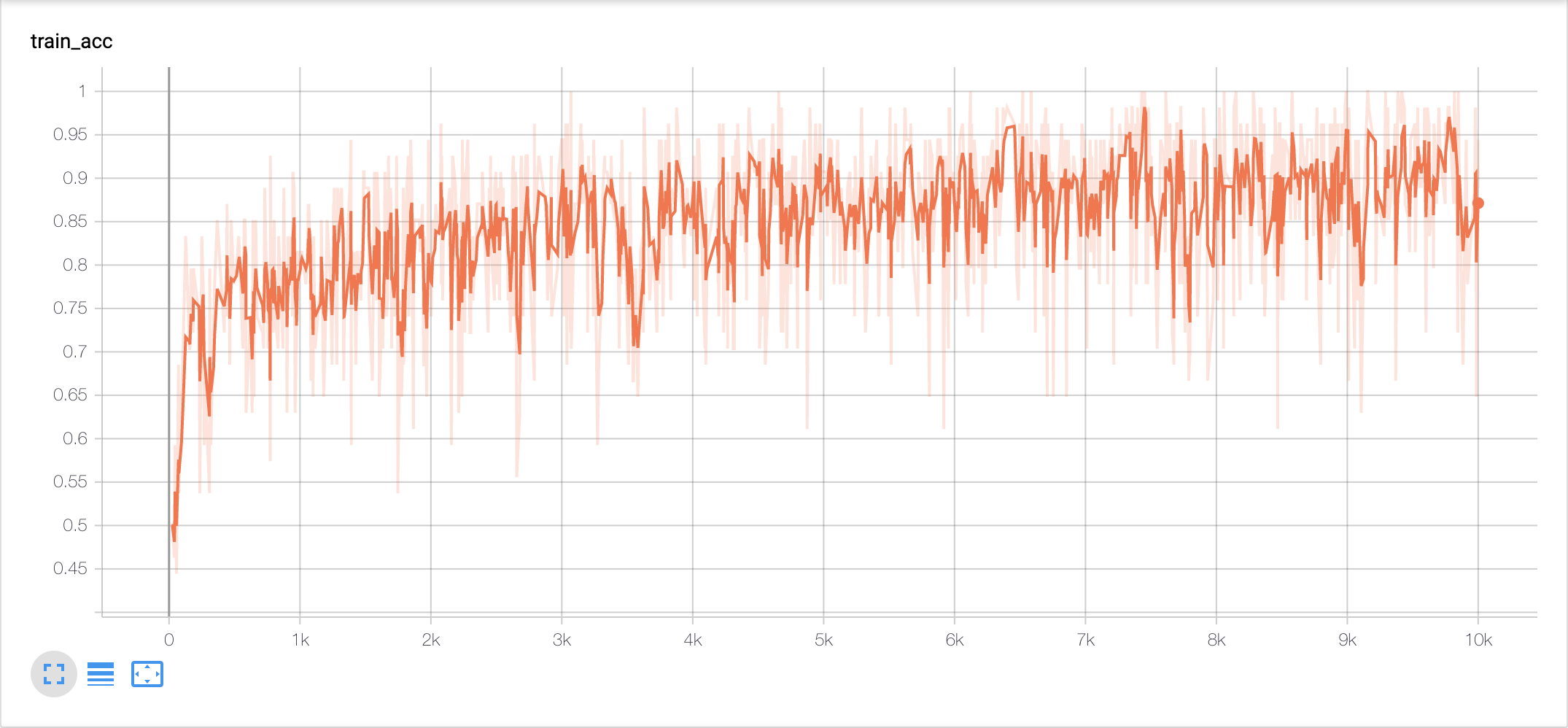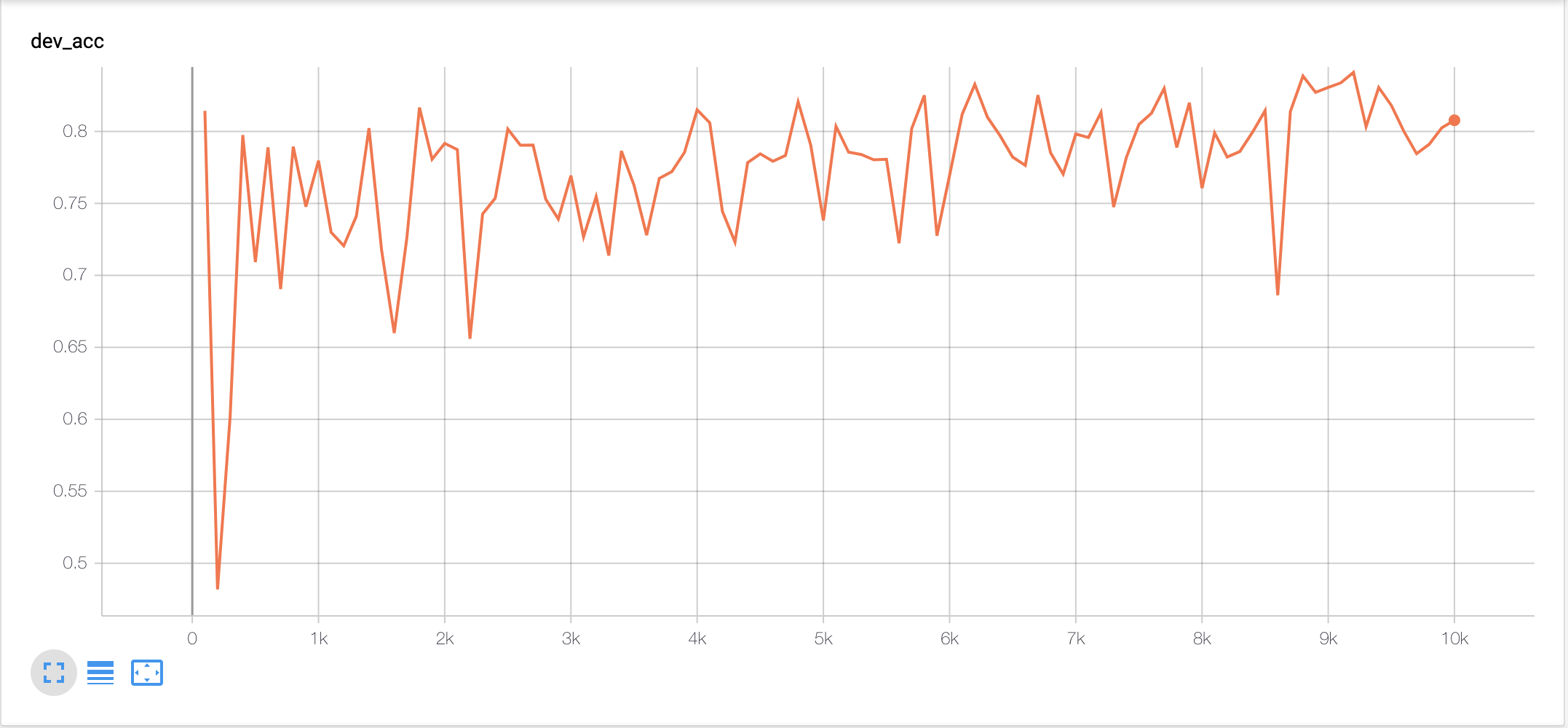Few-shot binary text classification with Induction Networks and Word2Vec weights initialization
This is an PyTorch implementation of IJCNLP 2019 paper Induction Networks for Few-Shot Text Classification.
- Few-shot classification is a task in which a classifier must be adapted to accommodate new classes not seen in training, given only a few examples of each of these new classes.
- There is a large labeled training set with a set of classes. However, after training, the ultimate goal is to produce classifiers on the test set (a disjoint set of new classes), for which only a small labeled support set will be available.
- If the support set contains K labeled examples for each of the C unique classes, the target few-shot problem is called C-way K-shot problem.
- Usually, the K is too small to train a supervised classification model. Therefore meta-learning on the training set is necessary, in order to extract transferable knowledge that will help classify the test set more successfully.
- Install the required packages by:
pip install -r requirements.txt
- All the parameters are defined in
config.ini. configparseris used to parse the parameters.
This dataset comes from NAACL 2018 paper Diverse Few-Shot Text Classification with Multiple Metrics.
- The dataset comprises English reviews for 23 types of products on Amazon.
- For each product domain, there are three different binary classification tasks. These buckets then form 23 x 3 = 69 tasks in total.
- 4 x 3 = 12 tasks from 4 test domains (Books, DVD, Electronics and Kitchen) are selected as test set, and there are only 5 examples as support set for each labels in the test set. There other 19 domains are train domains.
| Train Tasks | Dev Tasks | Test Tasks |
|---|---|---|
| 19 * 3 = 57 | 4 * 3 = 12 | 4 * 3 = 12 |
- Therefore, 2-way 5-shot learning model is needed to classify this dataset.
- Download Gorov/DiverseFewShot_Amazon
- The text files are in
Amazon_few_shotfolder.
python data.py
- Data for train, dev and test:
- Train data:
*.trainfiles in train domains. - Dev data:
*.trianfiles in test domains as support data and*.devfiles in test domains as query data. - Test data:
*.trianfiles in test domains as support data and*.testfiles in test domains as query data.
- Train data:
- Pre-process all the texts data.
- Extract vocabulary with train data. Vocabulary has size of 35913, with 0 as
<pad>and 1 as<unk>. - Index all the texts with the vocabulary.
- Training batch composition: 5 negative support data + 5 positive support data + 27 negative query data + 27 positive query data. In each batch, support data and query data are randomly divided. As this is a 2-way 5-shot problem, the 2-ways means the amount of labels (negative/positive) and the 5-shot means the size of support data with the same label.
- Dev batch composition: 5 negative support data + 5 positive support data + 54 query data. There are 183 batches in total.
- Test batch composition: 5 negative support data + 5 positive support data + 54 query data. There are 181 batches in total.
- Above all, the batch size is always 64.
python word2vec.py
- It is hard to train without Word2Vec weights initialization! Therefore Word2Vec weights are necessary!
- Train Word2Vec model with texts in train data, 95584 texts in total.
- Get the weights of the Word2Vec model.
- Load the weights in the encoder module.
- Encoder Module: bi-direction recurrent neural network with self-attention.
- Induction Module: dynamic routing induction algorithm.
- Relation Module: measure the correlation between each pair of query and class and output the relation scores.
- See the paper in the reference section (at the end) for details.
export CUDA_VISIBLE_DEVICES=1
python main.py
- Training Strategy: episode-based meta training
- Dev while training and record dev accuracy.
- Pick the checkpoint with the highest dev accuracy as the best model and test on it.
- tensorboard
tensorboard --logdir=log/
- result
| Train Loss | Train Accuracy |
|---|---|
 |
 |
| Dev Accuracy (achieves the highest 0.8410 at episode 9200) | Test Accuracy (at episode 9200) | Test Accuracy (paper) |
|---|---|---|
 |
0.8452 | 0.8563 |
Zhongyu Chen